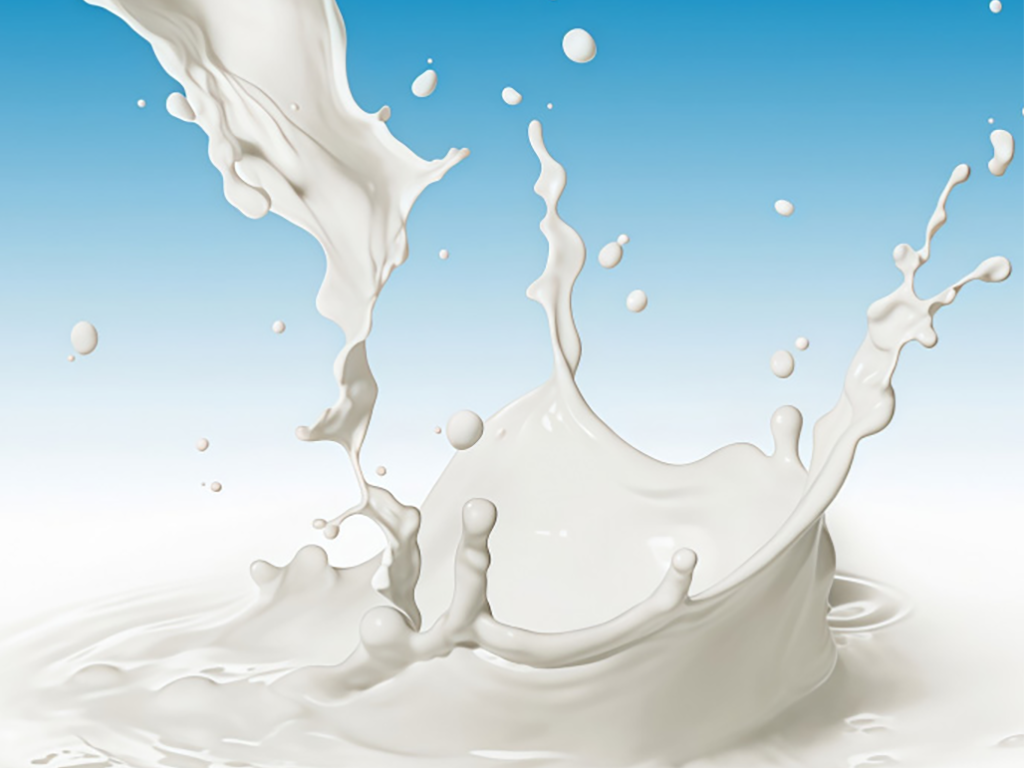Octyl acrylate blending is the process of mixing octyl acrylate with other monomers, polymers, or additives to create customized formulations with tailored properties for specific applications. Blending with methyl acrylate enhances adhesion to polar substrates like metals and glass, critical for industrial adhesives. Combining with methyl methacrylate increases rigidity and hardness, balancing flexibility in coatings for furniture or automotive parts. Adding acrylic acid introduces carboxyl groups, enabling crosslinking and improving chemical resistance, useful in industrial coatings and sealants. In emulsion polymerization, blending with butyl acrylate adjusts the glass transition temperature (Tg), optimizing tack and peel strength for pressure-sensitive adhesives in packaging or medical tapes. Additives such as UV stabilizers extend outdoor durability in architectural coatings, while plasticizers improve low-temperature flexibility in cold-climate applications. Blending is performed in controlled environments using high-shear mixers to ensure uniform dispersion, with ratios calibrated to meet target performance (e.g., flexibility, adhesion, weather resistance). High-purity octyl acrylate (≥99%) ensures consistent blending results, with suppliers like E Plus Chemical Co., Ltd. providing material with tight specifications to support reliable formulation development, enabling diverse applications across industries.
